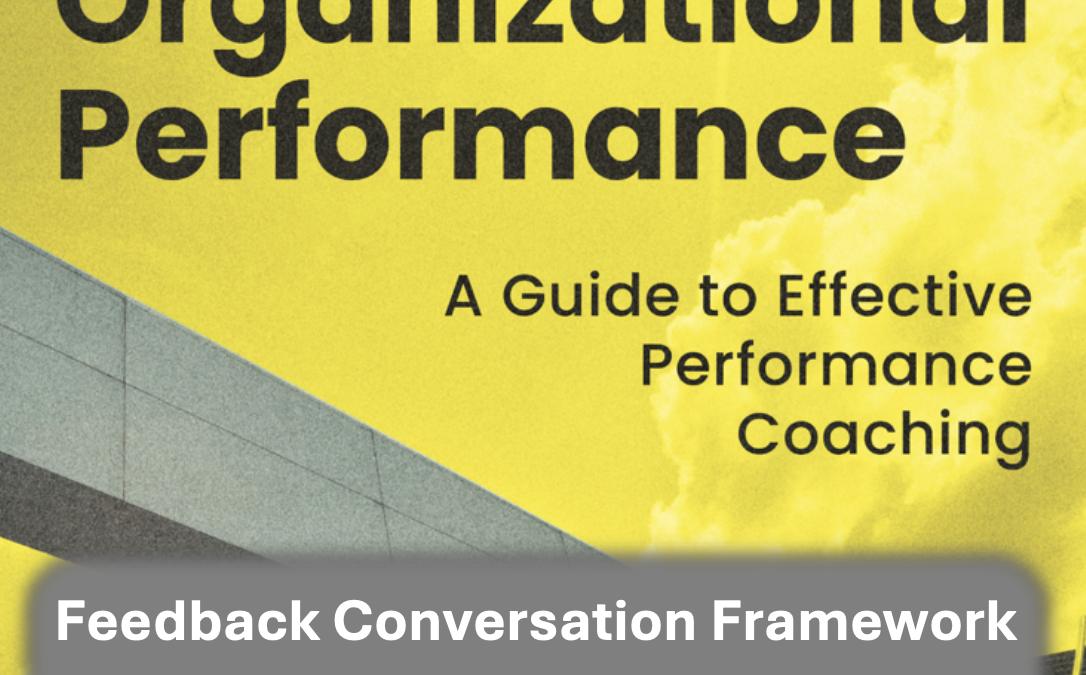Breaking the Hierarchy: How Agile Organizational Structures Drive Market Leadership

Two manufacturing companies. Identical market disruptions. Similar resources, talent, and starting positions.
Eighteen months later, one grew market share by 17%. The other tanked.
The difference wasn’t strategy, technology, or talent. It was structure.
The successful company reorganized into customer-focused, cross-functional teams with real decision authority. The failed one clung to their traditional hierarchy with centralized decision-making and functional silos. When conditions shifted dramatically, one could pivot within weeks. The other remained paralyzed by approval processes and turf wars.
I’ve watched this story repeat itself across industries for a decade now. The evidence is undeniable: in today’s volatile business environment, organizational structure has become the critical competitive differentiator. Companies that can sense market changes quickly, make decisions rapidly, and reallocate resources flexibly consistently outperform their rigid competitors. Often by stunning margins.
Three Pillars That Separate Agile Organizations from Dinosaurs
1. Cross-Functional Collaboration That Actually Works
Traditional organizations still group people by functional expertise (marketing here, operations there, finance in another building entirely). Collaboration happens through formal channels, scheduled meetings, and multiple management layers. It’s slow, frustrating, and increasingly fatal.
Agile organizations build teams around customer needs and value streams instead:
- Dedicated teams with everything they need: Cross-functional units with all skills required to deliver complete solutions, not partial handoffs
- End-to-end ownership: Teams accountable for outcomes that customers actually care about, not functional metrics that look good on internal dashboards
- Minimal handoffs: Work flowing through as few transfers as possible, eliminating the “not my problem” gaps where innovation dies
- Daily collaboration: Team members working together continuously, not just attending update meetings
I watched a healthcare technology company reorganize from functional departments to cross-functional product teams a few years ago. Development cycles shrank by 62%. Clinical effectiveness scores soared.
2. Decision-Making That Doesn’t Kill Momentum
Every approval layer adds friction and delay. The difference between three approval layers and seven can be the difference between market leadership and irrelevance.
Organizations embracing agile structures:
- Push decisions downward: Moving authority to customer-facing employees who understand needs firsthand
- Create clear guardrails: Defining which decisions need escalation versus which can be made locally
- Flip leadership’s role: Executives setting context and constraints while teams figure out how to execute
- Build information transparency: Ensuring frontline teams have all the data they need for smart decisions
A retail chain I worked with slashed their approval layers from seven to three and implemented decision rights frameworks. Store-level innovation exploded by 340% within a year. Customer satisfaction jumped 27%. No new people—just removed the structural barriers to their potential.
3. Customer-Centricity Baked into Design
Rather than treating customer feedback as quarterly input for annual planning, agile organizations embed customer perspectives directly into their structure:
- Customer voices in the room: Including actual customer advocates in product development meetings
- Real-time feedback systems: Capturing and analyzing customer input continuously, not periodically
- Experimentation as standard practice: Processes for rapidly testing ideas with customers before full investment
- Value stream organization: Structuring around customer journeys instead of internal functions
When a financial services provider reorganized around key customer journeys instead of product lines, customer lifetime value jumped 31% while acquisition costs dropped 24%. The ROI of structural change was undeniable.
Getting Past the Implementation Roadblocks
Transitioning to agile structures hits predictable obstacles:
Challenge 1: Middle Management Existential Crisis
Flattening hierarchies threatens middle management roles. Successful approaches include:
- Redefining management as coaching and capability-building
- Creating technical expert paths with equal status and compensation
- Involving managers in redesign to identify coordination needs
- Providing transition support for those whose roles disappear
Challenge 2: Measurement Systems Driving the Wrong Behaviors
Traditional metrics often incentivize functional excellence over customer outcomes. Organizations address this by:
- Moving to team-based performance measurement
- Implementing OKRs tied directly to customer value
- Creating shared goals that cross traditional boundaries
- Explicitly rewarding collaboration, not just individual heroics
Challenge 3: Physical and Digital Infrastructure Reinforcing Silos
Legacy systems and office designs often cement divisions. Solutions include:
- Deploying collaboration platforms that connect cross-functional teams
- Building knowledge repositories accessible across boundaries
- Redesigning physical spaces to support team-based work
- Creating visualization tools that make workflows transparent
A Transformation Approach That Works in the Real World
Organizations successfully shifting to agile structures typically follow four principles:
1. Start Where Value Creation Happens
Don’t attempt organization-wide transformation. Begin with customer-facing units where agility directly impacts market outcomes. Success there creates momentum for broader change.
2. Build Capabilities Before Reorganizing
Develop collaborative skills, digital fluency, and customer-centric mindsets before changing structure. Organizations that reorganize without these foundations watch their new structures collapse back into old patterns.
3. Test, Learn, Scale
Implement small structural experiments, learn from results, and expand what works. Big-bang reorganizations typically generate resistance that kills transformation before benefits emerge.
4. Address Both Formal and Informal Systems
Don’t just redraw the org chart. Focus on the invisible networks, cultural norms, and information flows that determine how work actually happens.
The Competitive Necessity
Five years ago, agile structures were primarily found in tech companies and startups. Today, they’re becoming essential across industries. In environments defined by rapid technological change, evolving customer expectations, and unpredictable disruptions, organizational agility has become a fundamental requirement for survival.
The question isn’t whether your organization should become more agile, but how quickly you can evolve before your more adaptable competitors leave you behind.
What steps will you take this quarter to break down hierarchies and build more responsive organizational structures?


